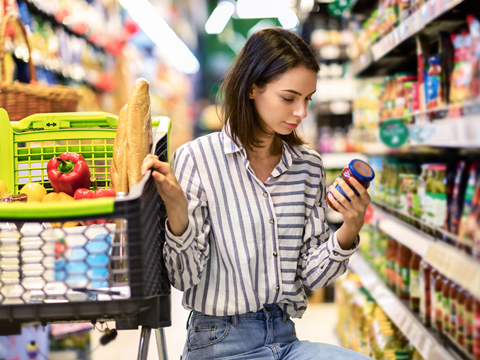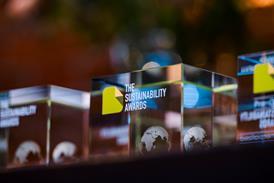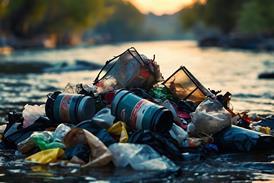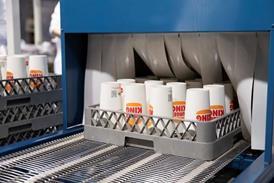
New research released by McKinsey & Company (McKinsey) reveals that younger generations - particularly Gen Z and millennials – reported the most willingness to pay more for sustainable packaging, while food safety and shelf life remained the most influential factors in consumers’ purchasing decisions.
The survey gathered insights from more than 11,000 respondents across 11 countries, addressing consumer preferences across product categories, packaging substrates, and sales channels. It offers granular insights by demographic group (such as income level, geography, gender, and age) within each country.
Key findings indicate that younger generations seem the most willing to pay more for sustainable packaging – this was especially prevalent among higher-income consumers. McKinsey says that in Germany, for example, 25% of high-income Gen Z consumers say they are willing to pay “a lot more” for sustainable packaging compared with 1% of high-income Gen X consumers.
However, the research also found that food safety (ranked most important by 10 out of 11 countries) and shelf life (ranked second most important by 9 out of 11 countries) have remained the most important packaging characteristics influencing consumers’ purchasing decisions globally. The importance of environmental impact apparently ranked much lower, coming in sixth place out of seven characteristics across all 11 countries. Consumers also ranked other factors, including value for money, higher than in previous years.
The survey also found that consumers across all age groups place the responsibility for sustainable packaging primarily on brand owners and packaging producers, not governments or individual consumers. This particularly the case in Mexico, India, France, and the UK where 44%, 40%, 37% and 37% respectively place brand owners responsible.
Daniel Nordigården, partner at McKinsey, commented: “Our research shows that while younger and higher-income consumers are willing to pay premiums, there is no one-size-fits-all solution. Brand owners and packaging producers must take a data-driven and proactive approach to meet these nuanced and evolving demands.”
In related news, another McKinsey survey recently suggested that consumers in the US currently value a pack’s cost, convenience, shelf life, and other factors over its sustainability, potentially driven by economic uncertainties, lifestyle changes, and gaps in knowledge. The survey indicates a growing emphasis on product price and quality over environmental implications, with over 70% of respondents describing these factors as a ‘very’ or ‘somewhat’ important consideration in their spending decisions.
In March, Pro Carton announced its European Consumer Packaging Perceptions Study 2025, which revealed that the cost of living is now the top factor influencing consumer behaviour, followed closely by climate change. It also found that consumer confidence in recycling knowledge has grown, with 84% of respondents feeling assured in their ability to distinguish recyclable materials.
If you liked this story, you might also enjoy:
The ultimate guide to the Packaging and Packaging Waste Regulation in 2025
How are the top brands progressing on packaging sustainability?
Everything you need to know about global packaging sustainability regulation in 2025
The key to increasing the use of reusable packaging in supermarkets












No comments yet